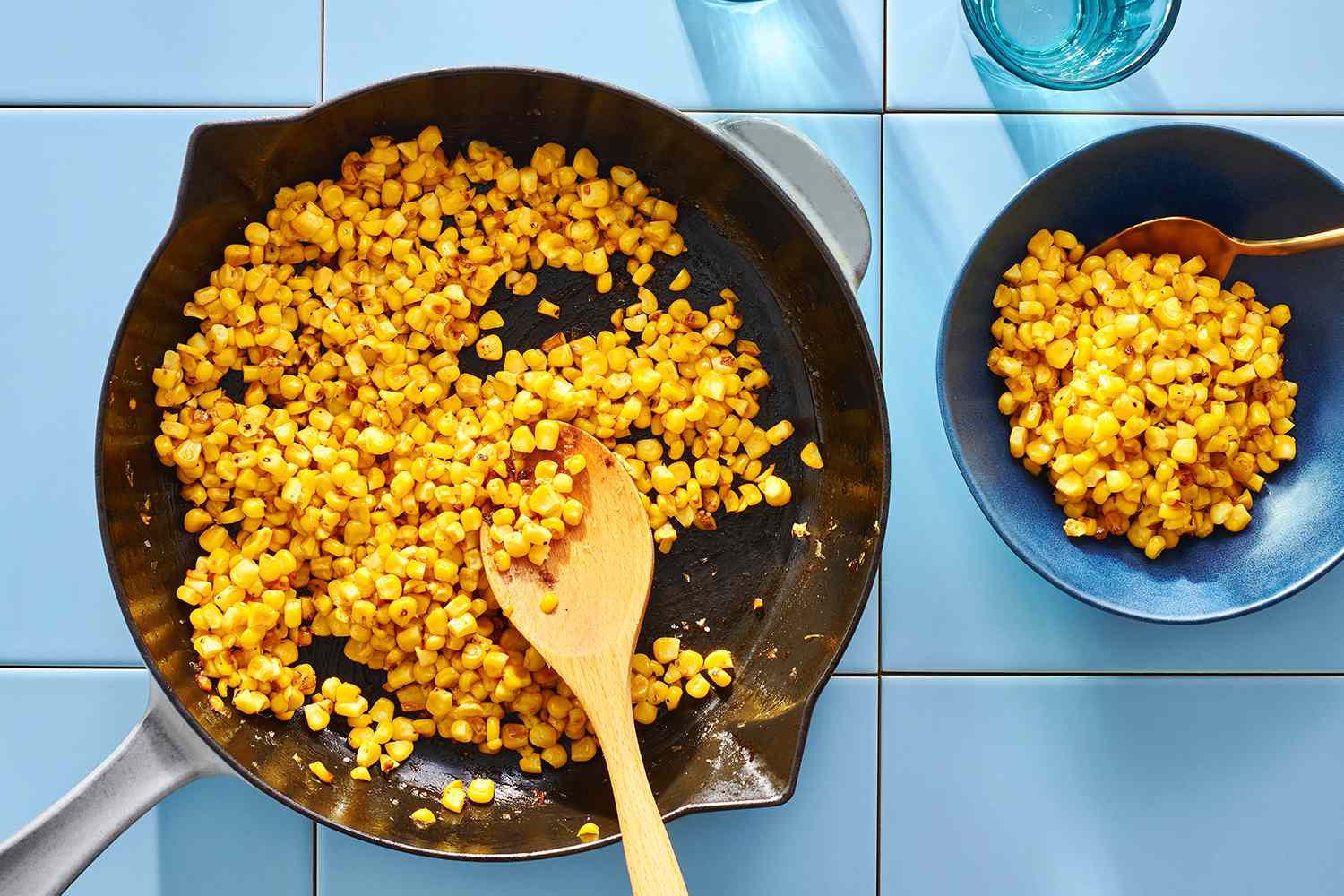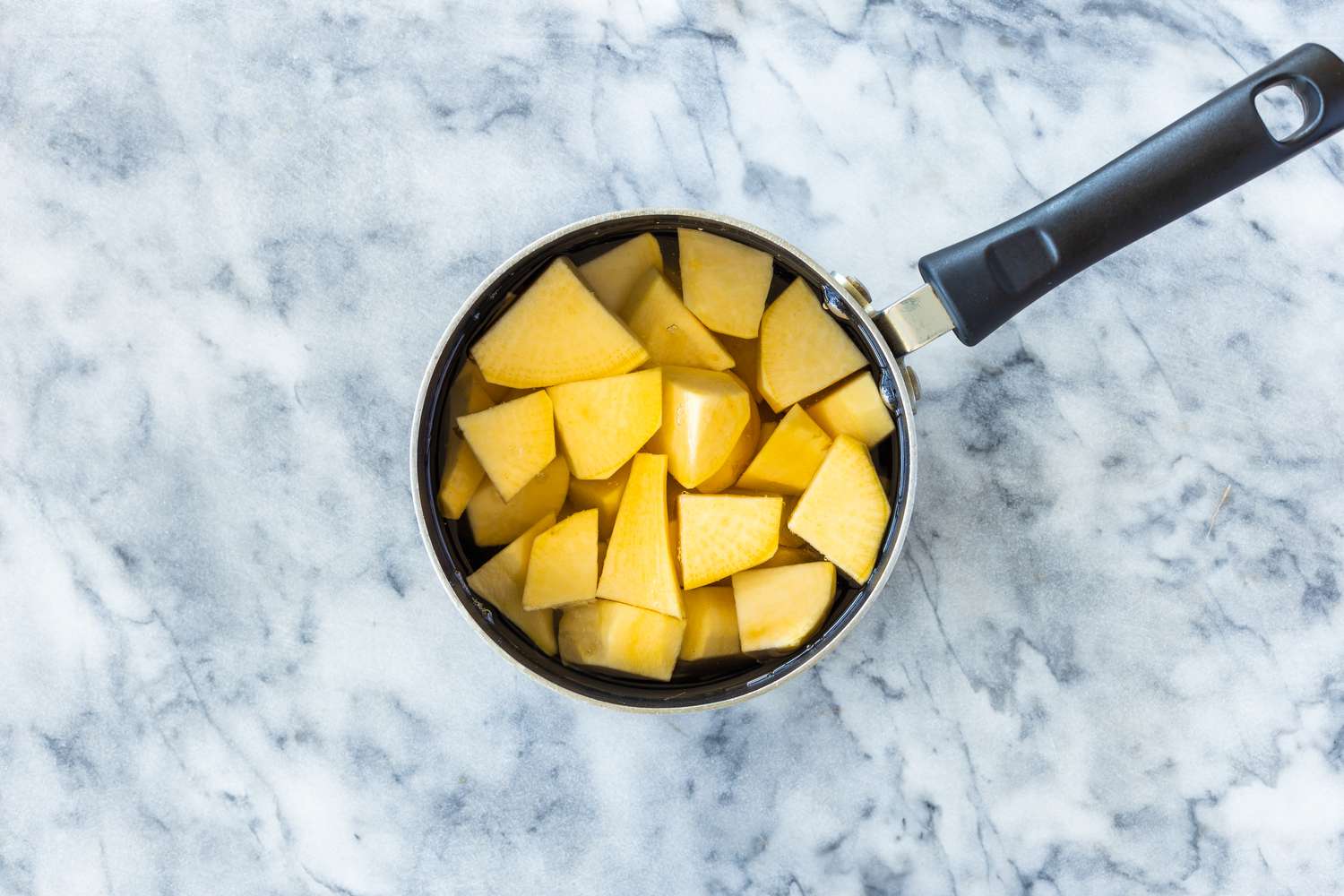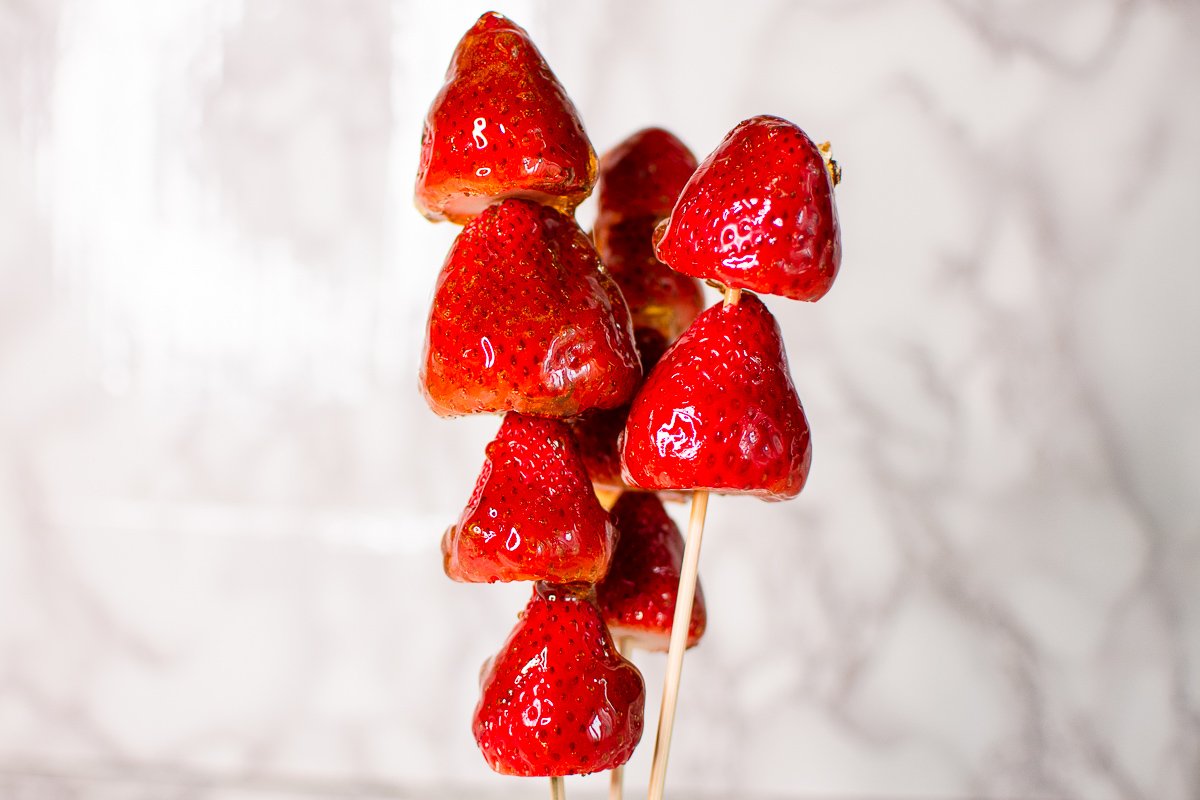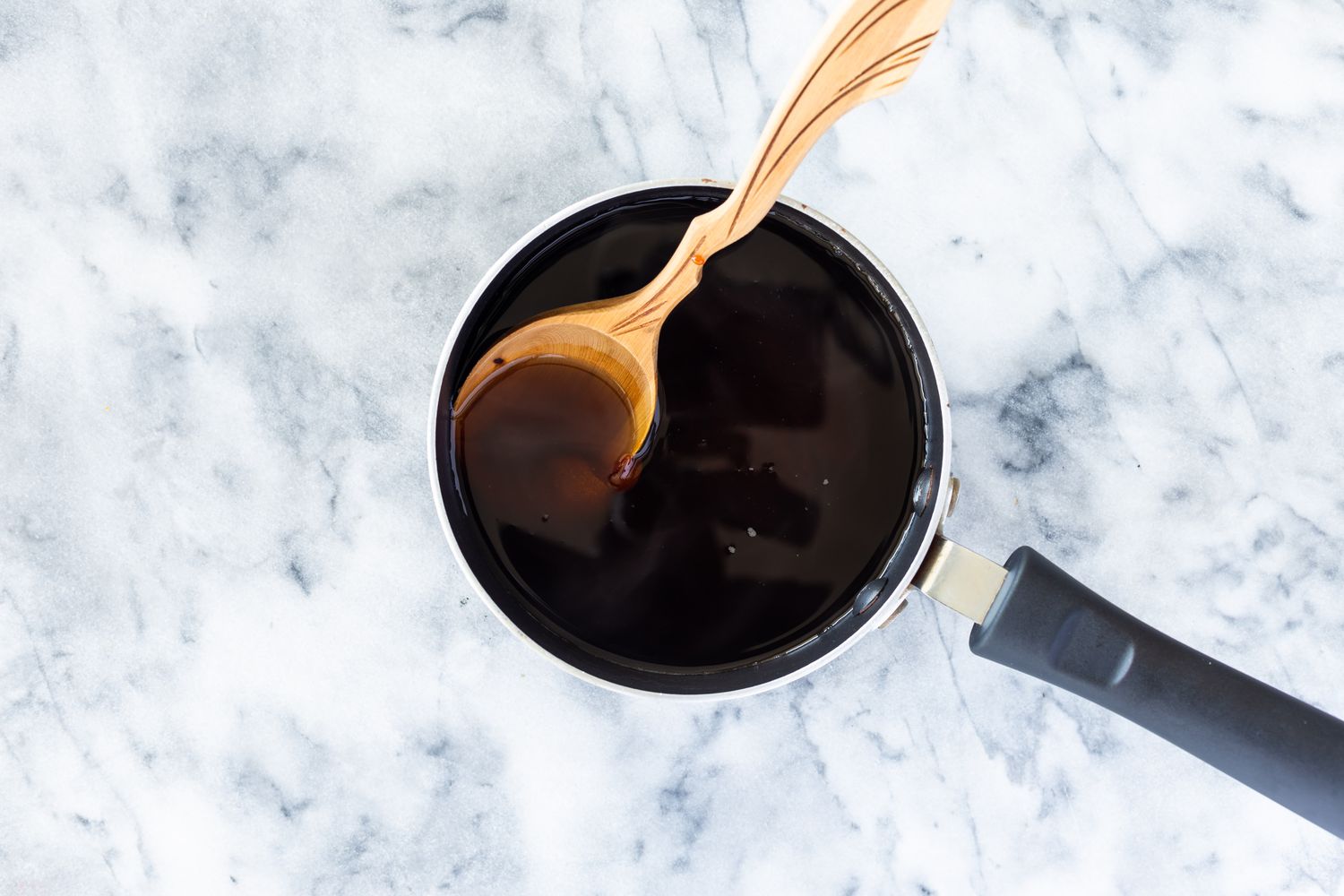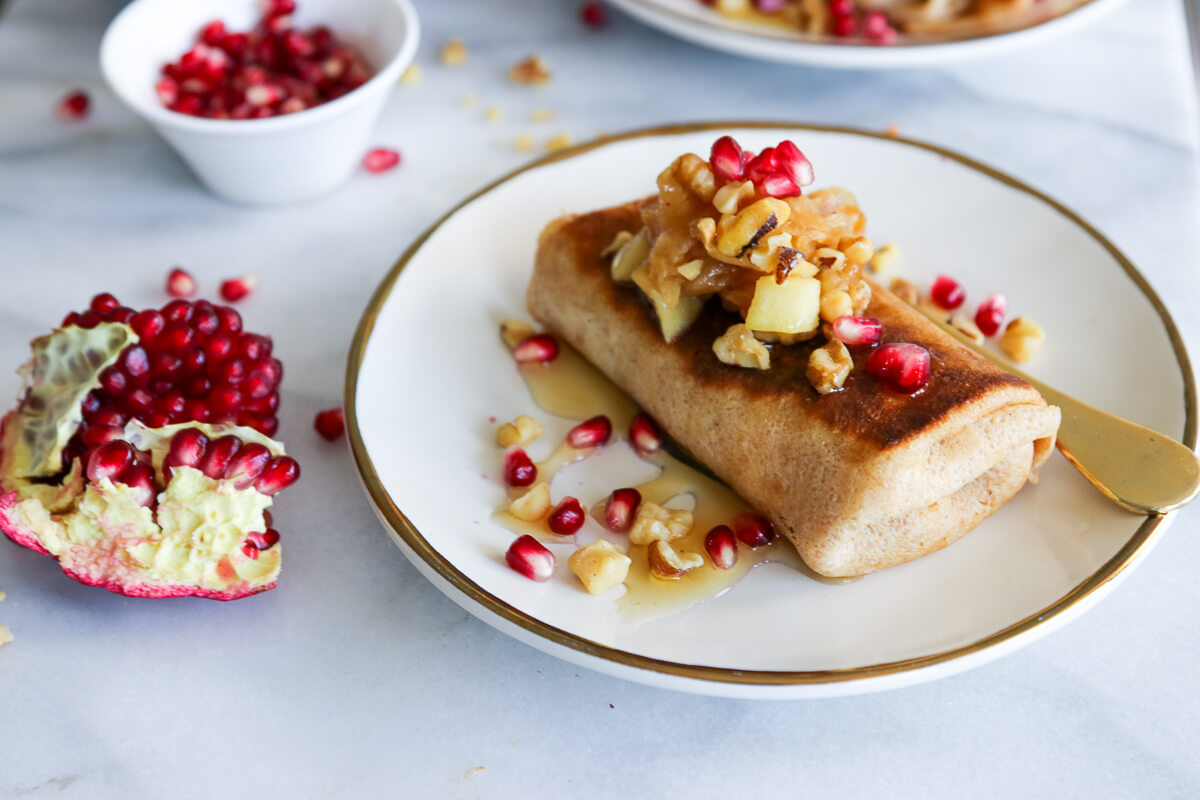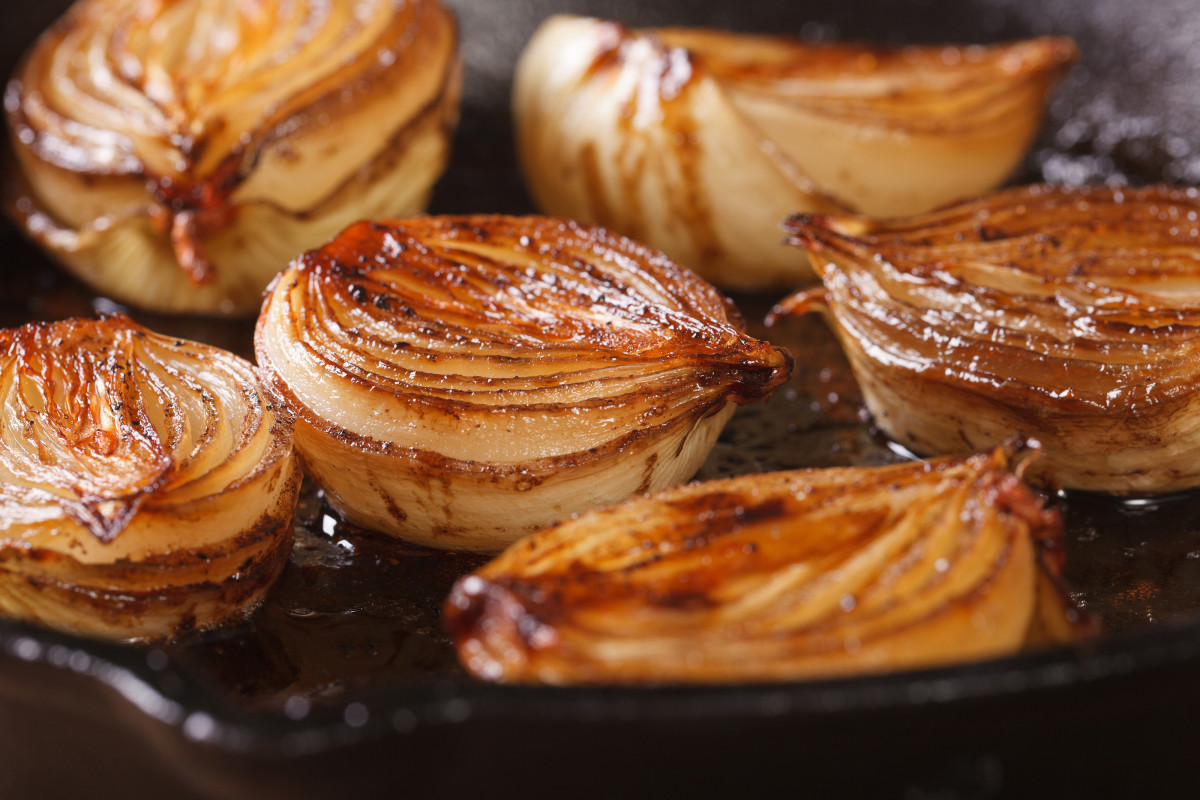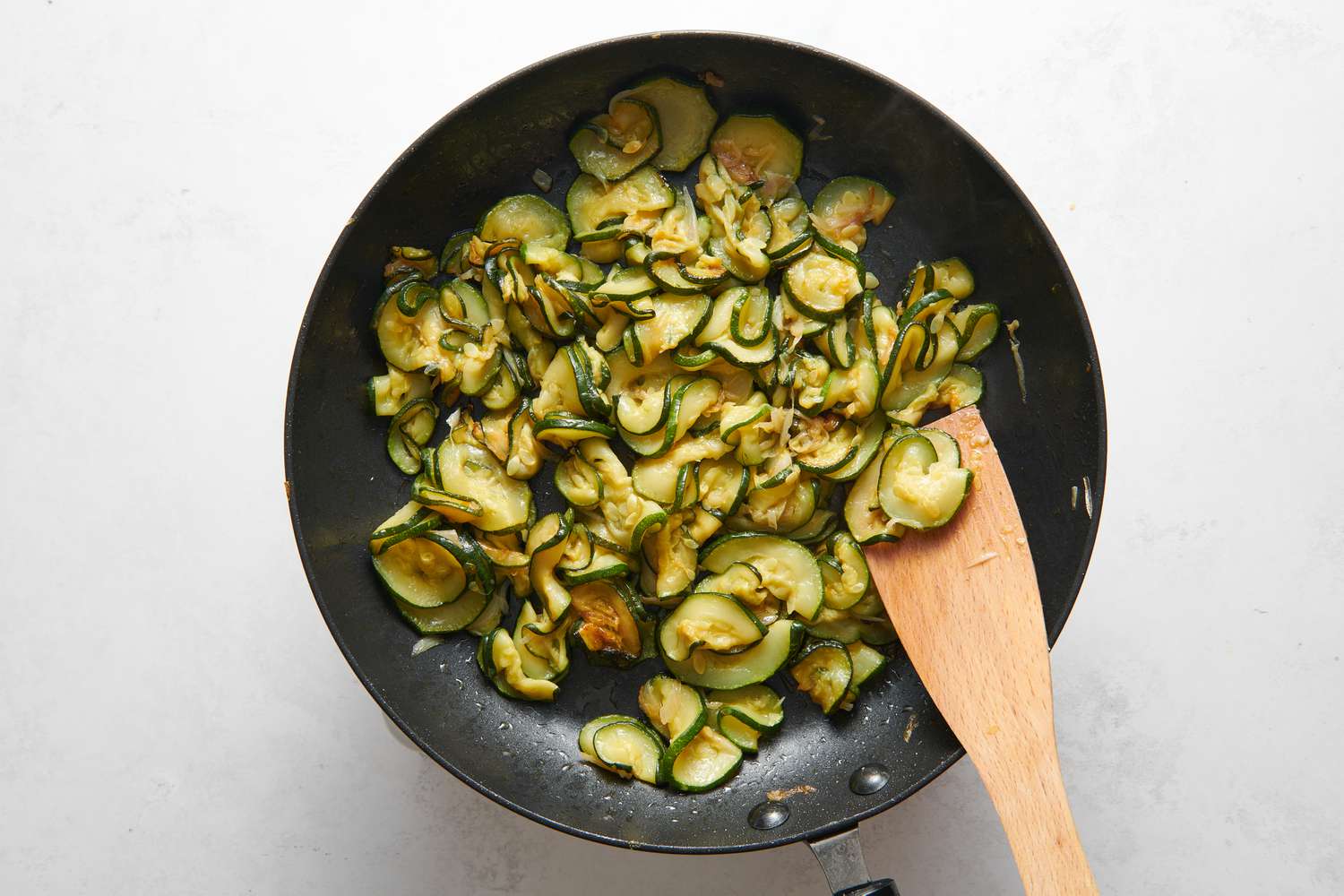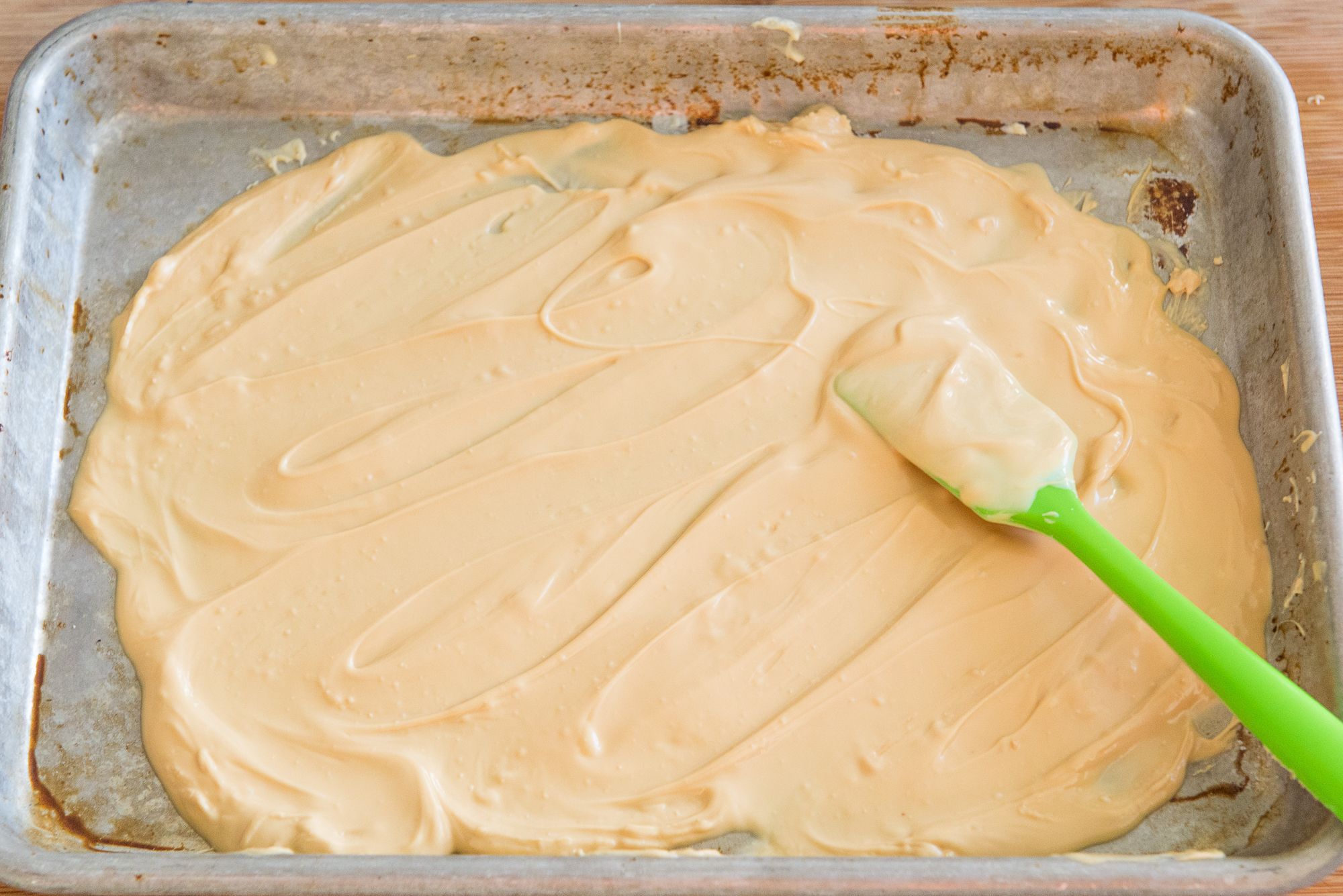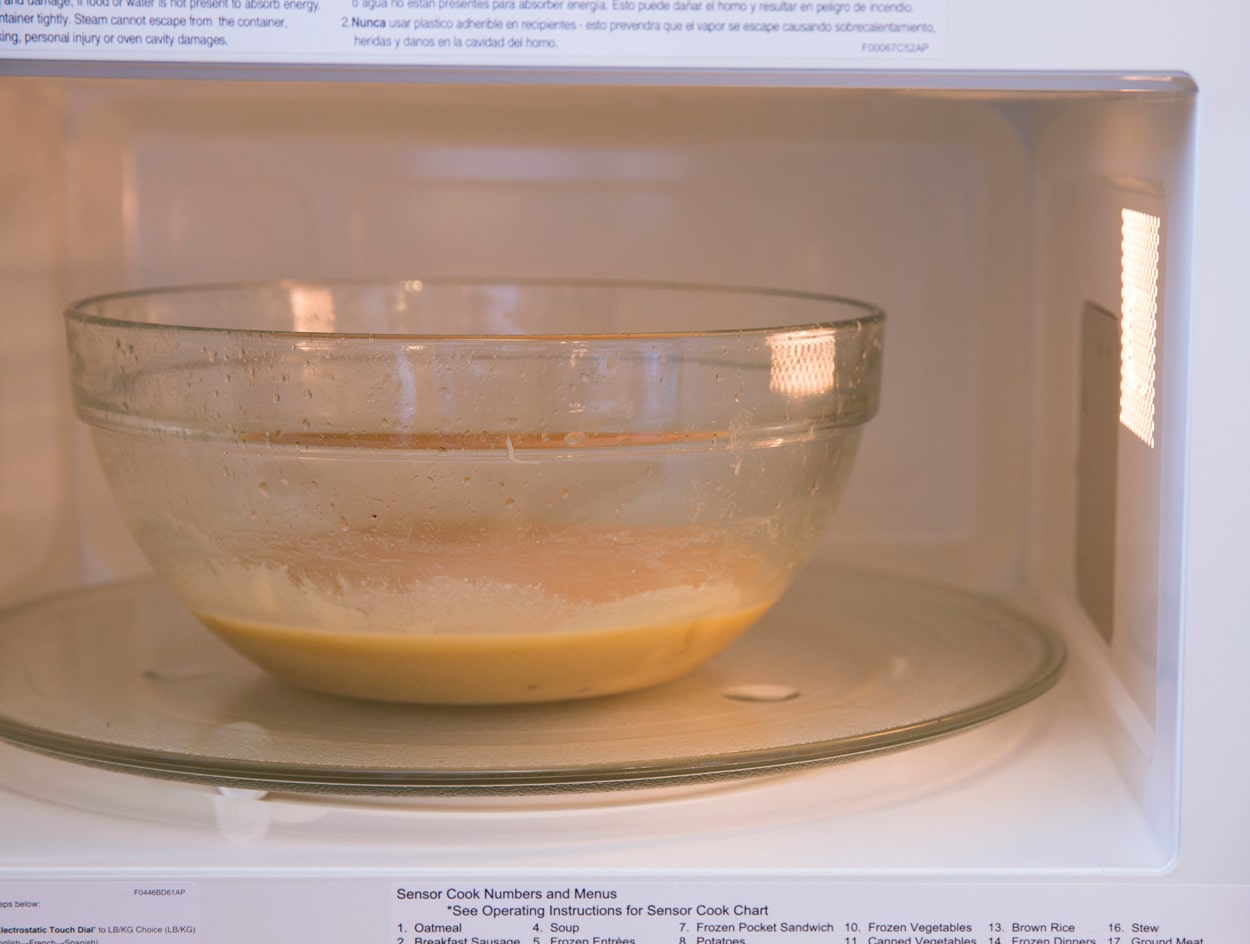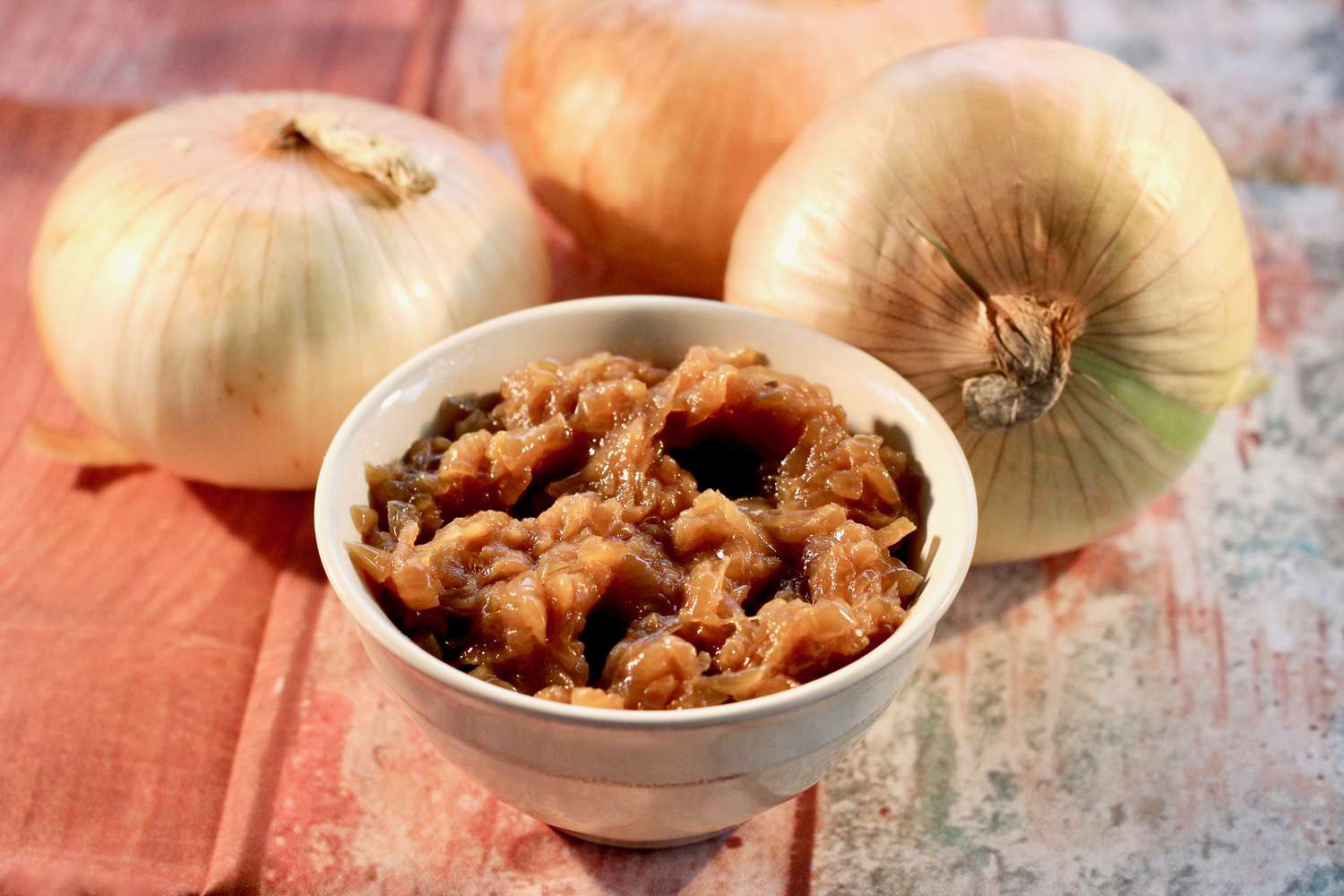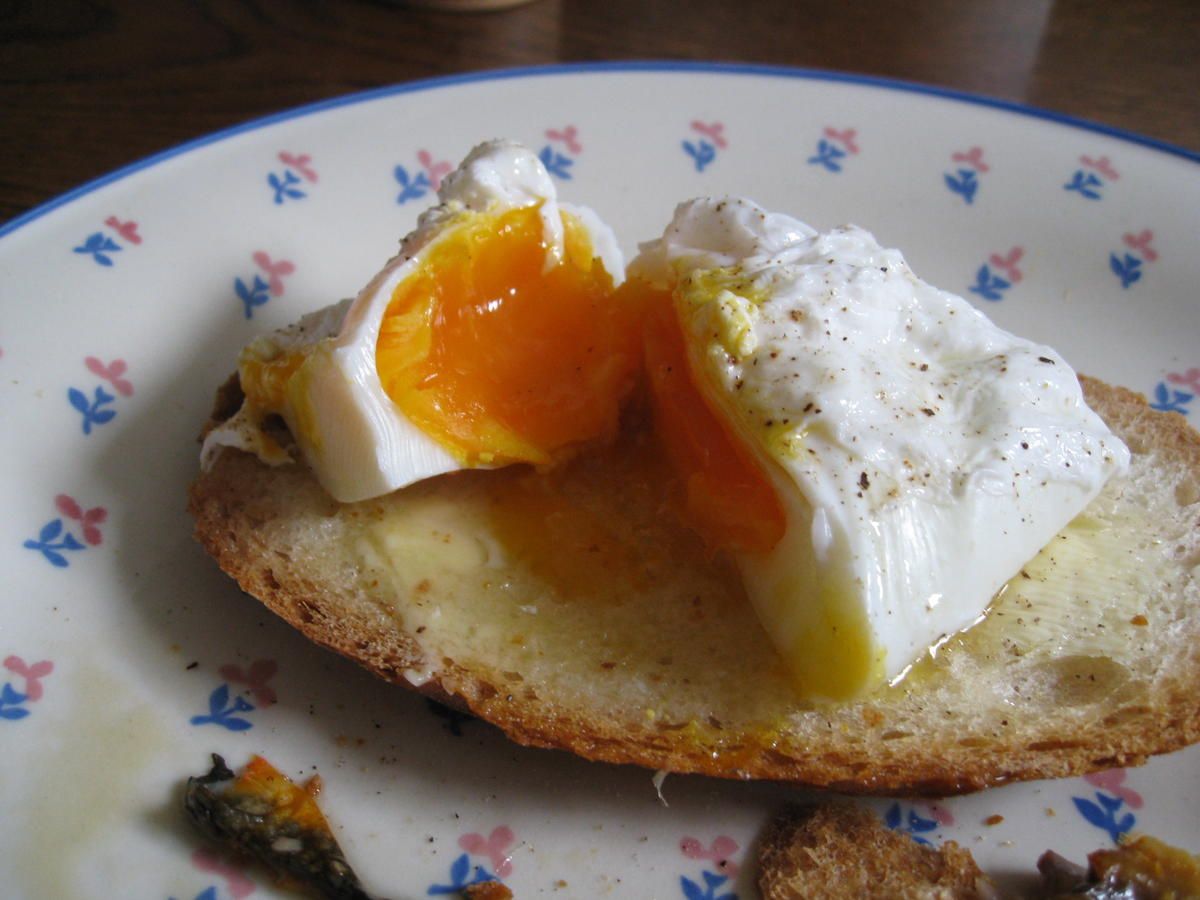Caramelizing brown sugar and butter transforms simple ingredients into a rich, golden concoction that elevates any dessert. This process, often seen as a culinary magic trick, involves melting butter with brown sugar until they meld into a smooth, flavorful syrup. Perfecting this technique requires patience and a keen eye for the right moment when the mixture reaches its peak of caramel goodness. Ideal for drizzling over baked goods, enhancing frostings, or creating a base for decadent sauces, mastering caramelization can turn your kitchen endeavors into gourmet treats. Let's dive into how you can achieve this culinary delight with ease.
Gather Your Ingredients
- 1 cup brown sugar
- 1/2 cup unsalted butter
- Pinch of salt (optional)
Essential Tools for the Task
- Heavy-bottomed saucepan
- Wooden spoon
- Measuring cups
- Measuring spoons
- Stove
Caramelizing brown sugar and butter involves gently melting butter, then adding brown sugar, stirring constantly over medium heat until mixture turns golden and emits a rich, nutty aroma. Perfect for desserts.
The Sweet Science Behind Caramelizing
Caramelizing brown sugar and butter transforms simple ingredients into a rich, complex flavor base. This process, involving melting sugar and combining it with butter, creates a deliciously smooth and glossy mixture. Perfect for enhancing desserts, this technique adds depth and a hint of sophistication to various sweet treats.
Understanding the chemistry behind caramelization is fascinating. As heat breaks down the sugar molecules, they recombine with the butter's fats and proteins, producing new flavors and aromas. This magical transformation not only elevates the taste but also imparts a beautiful golden color, making dishes visually appealing and irresistibly tasty.
Your Step-by-Step Caramelization Guide
Step 1: Gather Ingredients
- Butter: Choose unsalted to control the saltiness of your caramel.
- Brown Sugar: Light or dark, depending on the depth of flavor desired.
Step 2: Prepare Your Tools
- Heavy-Bottomed Pan: Prevents the mixture from burning.
- Wooden Spoon: Ideal for stirring, as it doesn’t conduct heat.
- Heat-Resistant Spatula: Helps scrape the sides of the pan.
Step 3: Measure Ingredients
- For every cup of brown sugar, use half a cup of butter. Adjust quantities based on need.
Step 4: Melt Butter
- Over medium heat, melt butter in the pan until it starts to foam. Keep an eye on it to prevent burning.
Step 5: Add Brown Sugar
- Once butter is melted, add brown sugar. Stir continuously to combine them well.
Step 6: Stir Constantly
- Keep stirring the mixture to prevent it from sticking to the pan. This also ensures even caramelization.
Step 7: Monitor the Heat
- If the mixture starts bubbling too vigorously, reduce the heat. A gentle simmer is what you’re aiming for.
Step 8: Check for Desired Consistency
- After about 5-7 minutes of cooking, drop a small amount of the mixture into a bowl of cold water. If it forms a soft ball, it’s ready.
Step 9: Remove from Heat
- Once desired consistency is achieved, take the pan off the heat. Continue stirring for a few more minutes as the mixture will still cook from residual heat.
Step 10: Cool Down
- Allow the caramelized mixture to cool before using. Be cautious, as it will be extremely hot.
Step 11: Store Properly
- If not using immediately, store in an airtight container. It can be refrigerated for up to a month.
Tips for Success:
- Patience is Key: Don’t rush the process. Low and slow is the mantra for perfect caramelization.
- Stirring: Ensures even heat distribution and prevents the sugar from crystallizing.
- Quality Ingredients: High-quality butter and brown sugar make a difference in the final taste and texture.
- Cleaning: Soak the pan in hot water immediately after use to make cleaning easier.
Mastering the Sweet Finish
Caramelizing brown sugar and butter is a simple yet transformative cooking technique that elevates desserts and dishes with its rich, complex flavors. By carefully melting butter, stirring in brown sugar, and cooking until it reaches that gorgeous amber hue, you unlock a world of culinary possibilities. Remember, patience and attention are your best friends here to avoid burning. Experimenting with different heat settings and timings can help you find the perfect balance for your taste. Whether you're drizzling it over ice cream, blending it into frosting, or adding a sweet glaze to your meats, this method is sure to impress. So, grab your pan, and let's get cooking. With practice, you'll master this delightful skill, making your dishes the talk of the table.
All Your Questions Answered
What does it mean to caramelize brown sugar and butter?
Caramelizing brown sugar and butter involves cooking them together until they melt and blend into a smooth, golden sauce. This process intensifies the flavors, adding a rich, nutty, and complex taste to your dishes.
How do I know when the brown sugar and butter mixture is perfectly caramelized?
Look for a deep amber color and a thick consistency. You'll also notice a delightful, rich aroma filling your kitchen. Be careful not to let it burn; this can happen quickly once it starts to caramelize.
Can I use white sugar instead of brown sugar for caramelizing?
Sure, you can use white sugar, but keep in mind that brown sugar contains molasses, which adds moisture and a distinct flavor. White sugar will caramelize too, but the end result will have a different taste and slightly less depth.
What's the best kind of butter to use for caramelizing with brown sugar?
Unsalted butter is your best bet. It lets you control the amount of salt in your caramel, preventing the sauce from becoming too salty.
Is there a specific temperature for caramelizing brown sugar and butter?
Aim for a medium heat. Too high, and you risk burning the mixture; too low, and it won't caramelize properly. Using a candy thermometer, you might look for temperatures around 230-250°F (110-121°C), but visual cues are just as important.
Can I add other ingredients to the caramelized brown sugar and butter?
Absolutely! Feel free to stir in a pinch of salt, vanilla extract, or even a splash of cream after removing the pan from heat. These can enhance the flavor, making your caramel sauce even more irresistible.
How should I store leftover caramelized brown sugar and butter?
Store it in an airtight container in the refrigerator. When you're ready to use it again, gently reheat the caramel in a saucepan over low heat or in short bursts in the microwave, stirring frequently.
